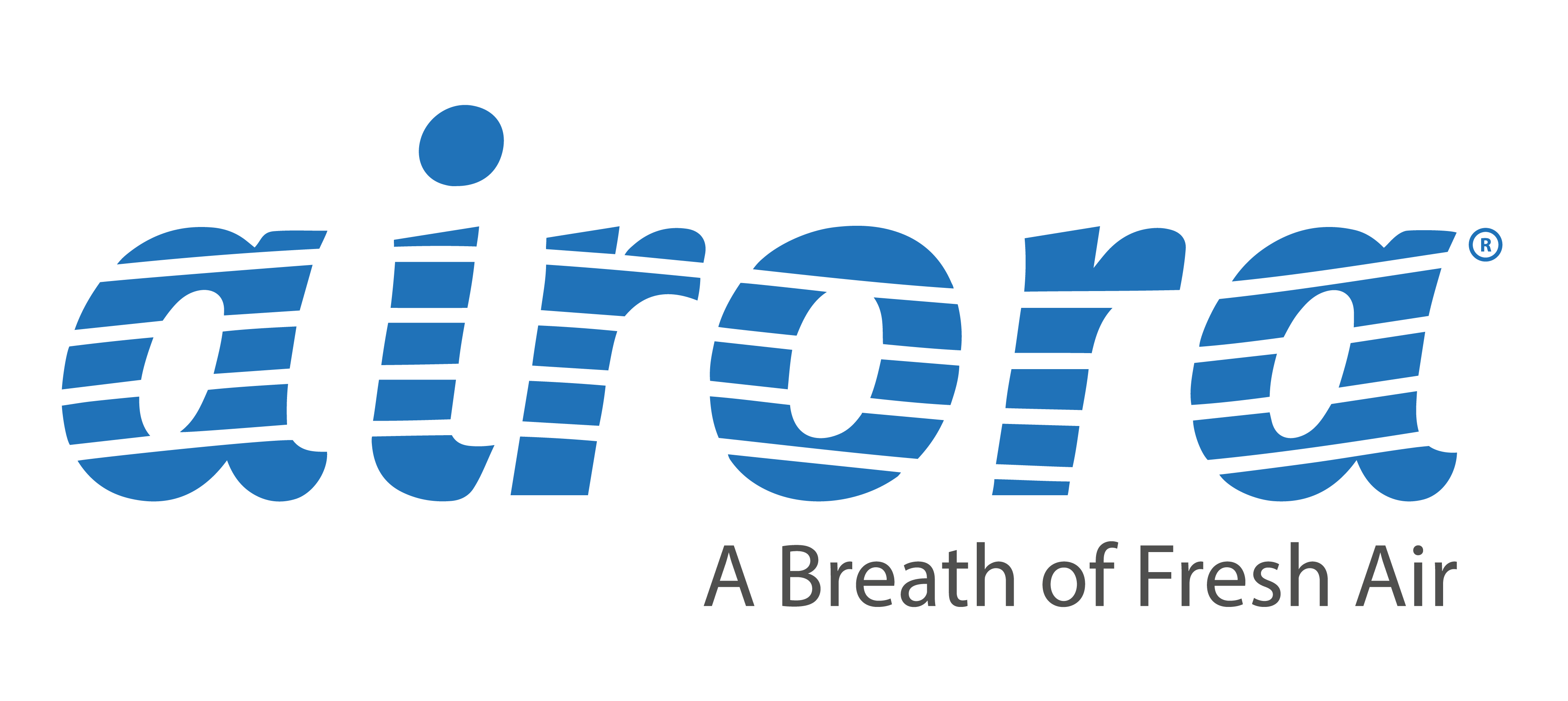Airora and Air Conditioned Indoor Spaces
Introduction
People are sometimes confused as to Airora’s suitability for air conditioned spaces as, on the face of it, air conditioning might appear to introduce ‘new air’ more quickly than Airora might be able to cleanse that air. However, this is a misunderstanding regarding how air conditioning generally works and, in fact, Airora’s technology generally works equally well in both air conditioned and naturally ventilated internal spaces.
The confusion basically arises from two sources.
The first is the technical term ‘Air Changes per Hour’ (ACH) which is used interchangeably across naturally ventilated and airconditioned spaces although it has a completely different meaning in each context.
The second source of confusion relates to the relative speed of physical air movement caused by ducted air conditioning versus the movement of the hydroxyl radical cascade created by Airora.
Naturally ventilated indoor spaces
In a naturally ventilated indoor space, 1 ACH broadly means that the volume of new air coming into the building, from outside, in an hour (and thus old air going out) is equal to the volume of the building.
In naturally ventilated buildings the ACH typically ranges from 0.3 to perhaps 1.2 although there are outliers which might go up to 1.5. In general, the newer the building the lower the ACH as buildings are increasingly airtight for comfort and to reduce heating and cooling costs.
As a baseline, we test all products for 1 ACH, where that use of ACH means that new air from outside replaces the internal air in the test chamber at the rate of once per hour. This means that our baseline indoor air quality impacts represent what typically happens in the ‘real world’, not inside of a sealed chamber, which would be unrepresentative.
Air conditioned indoor spaces
In an air conditioned indoor space, the meaning of ACH is entirely different. In an air conditioned indoor space, 1 ACH means that the air in the conditioned space has been exchanged for treated air (either heated or cooled) once per hour. That treated air however generally doesn't come from 'outside', it is recirculated within the space.
Air conditioning comes in two basic types, ‘split’ and ‘ducted’.
‘Split’ air conditioning
‘Split’ air conditioning chills / heats water outside of the building and then heat exchangers use the chilled / heated water to cool / heat the air inside of the building. Installing split aircon doesn't basically alter the natural ventilation ACH level although attempts may well be made to better seal the building to minimise energy use, in turn reducing the ingress of external air and reducing the natural ventilation ACH.
Consequently, in terms of sizing the provision of Airora units, the existence of a split system aircon system can basically be ignored.
‘Ducted’ air conditioning
‘Ducted’ air conditioning delivers heated / cooled air from strategically located remote heat exchangers which heat / cool air collected elsewhere from within the building (but generally not from outside of the building).
The vast majority of such ducted installations do not take air from outside. Where air is taken from outside as part of the mix, it is generally limited to < 10% as its objective is typically to improve indoor air quality where natural ventilation is poor.
As the quantity of new air taken from outside is low, the impact on Airora is also low and unlikely to be higher than in a naturally ventilated space.
However, the ducts employed in such systems can impact on Airora, especially where the building is large, and the ducts are relatively long. This is because the internal surfaces of ducts themselves absorb some of the OH cleansing the ductwork of moulds etc.
That OH adsorption is low, and can be ignored, for buildings such as houses where the ducts are of limited size and run. In larger buildings the effect is initially modest but then reduces over time.
Localising Airora’s actions
In both naturally ventilated buildings, and air conditioned buildings, all the air in a building can circulate and mix over time (especially in ducted air conditioned buildings) and air can be gradually exchanged between that in the building and that outside of the building.
That being the case, the question is can Airora be successfully applied to specific indoor spaces or rooms without Airora's hydroxyl cascade being severely diluted through mixing with air coming from elsewhere, either outside or inside?
Fortunately, the answer is that the speed of Airora’s molecular cascade reaction is much faster than the air movement associated with either natural or forced mixing. This results in Airora’s cleansing effects being naturally localised and not subject to significant dilution from air movement or ingress from elsewhere.
As always there are exceptions, but those exceptions are very limited, for example very high forced air change rates, such as might be experienced in a hospital operating theatre.
In those specialist situations Airora’s technology is best embedded in the ventilation / aircon system itself.
Copyright Airora 2023 V1.0
